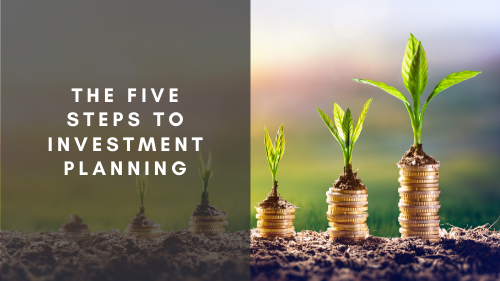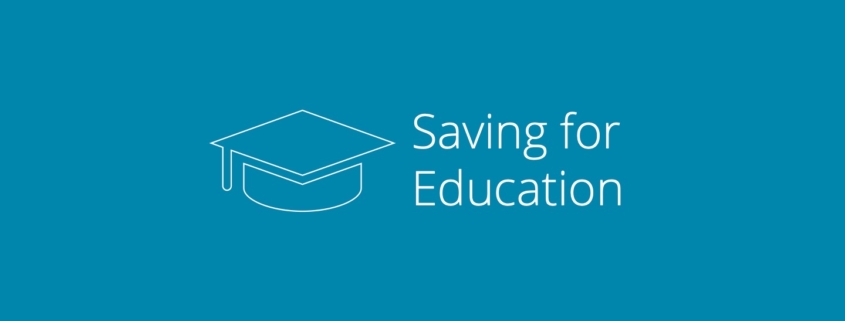The Five Steps to Investment Planning
-Troy-Andersen-RHotkSArXFyeDRSHL.png)
The Five Steps to Investment Planning
For a long time, there were limited options for most investors. But now, there are hundreds of investments you can choose from. For a lot of people, this amount of choice can be overwhelming. Fortunately, an investment advisor can help you figure out what the right investment choices are for you.
Meeting your investment advisor
When you first meet with your investment advisor, they will tell you about their obligations and responsibilities. They should:
- Give you general information about your various investment choices (e.g. stocks, bonds, mutual funds)
- Tell you how they are compensated for their services
- Ask if you have any questions about specific investment vehicles (such as RRSPs or TFSAs)
Determining your goals and expectations
The next step is to for your investment advisor to fill out a “Know Your Client” type of worksheet. The information on this worksheet will help your investment advisor determine the most suitable investment options for you. You’ll need to provide information on your:
- Income
- Net worth
- Investment knowledge
- Risk tolerance
- Time horizon (how long you want to invest for)
- How frequently you want to invest
Developing your investment plan
Once they have all the information they need, your investment advisor will suggest the investments they think are appropriate for you. Most investment advisors recommend purchasing mutual funds or exchange-traded funds (ETFs) as they have relatively low costs and contain a wide variety of stocks and bonds.
Implementing the plan
Once you approve your investment advisor’s suggestions, you will fill in all the appropriate paperwork to set things in motion. After that, you must provide a way to fund your investments. Your investment advisor can then make any initial purchases and set up any ongoing fund purchases or transfers from other investments.
Monitoring the plan
Your investment advisor should get in touch with you at least once a year to make sure your plan is still right for you and discuss any changes you want to make to it. If you have any major life events such as getting married or changing jobs, you should contact your investment advisor to see if you should revisit your plan.
The sooner you start planning for retirement, the sooner you can get there! Contact an investment advisor planner or us today!



-Troy-Andersen-RHotkSArXFyeDRSHL.png)













